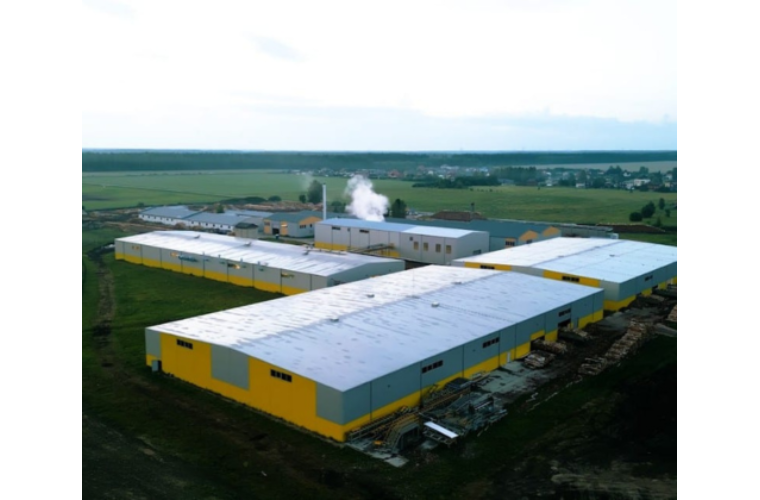Why LPG is the unsung hero of rural Australia
This article was originally published on Energy Today and Australian Mining
In rural Australia, energy access is more than a convenience – it’s a necessity. Unlike urban areas, where natural gas pipelines and grid electricity are readily available, remote regions often lack the infrastructure to support these energy systems.
This is where LPG (liquefied petroleum gas) steps in, providing a practical, reliable, and versatile solution to the unique challenges of rural life.
LPG’s portability is one of its greatest strengths. Delivered in cylinders or bulk tanks, it powers an impressive range of applications, from household cooking, heating, and hot water to essential business operations.
For agricultural enterprises – such as the Southern Cotton ginnery – LPG ensures uninterrupted energy supply for critical processes, supporting productivity in locations where consistent energy delivery is non-negotiable.
Cost-planning is another compelling reason why LPG has become a vital resource for rural communities.
Because LPG is stored in cylinders and tanks, rather than being drawn from a grid or connected pipeline, it is not subject to fluctuating usage charges or daily price volatility (its benchmark price changes on a monthly rather than daily basis). This can afford easier forward planning so users can budget for a set amount, and tailor use accordingly.
Additionally, LPG’s high energy efficiency leads to long-term savings, making it an economically sound choice.
LPG’s lower carbon emissions compared to coal and oil position it as an environmentally responsible energy source. As Australia moves toward ambitious net-zero targets, LPG offers a sustainable bridge for rural areas transitioning to renewable energy solutions.
Watch our video to see how Supagas is shaping Australia’s energy future with safe, efficient, and sustainable solutions.


 Instagram
Instagram